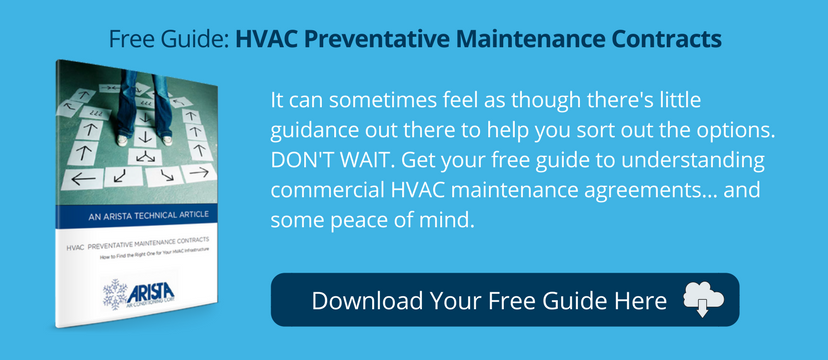In the aftermath of winter storms like Titan and Gemini and Ulysses (insert your own winter storm of mythological name and proportion), commercial business owners and building managers frozen heat pump are feeling the effects in states across the country. In the midst of tending to the obvious frustrations of constant shoveling, keeping roofs clear of weighty snow, more shoveling and ensuring pipes don’t freeze you may have forgotten to check your HVAC system. But that could spell big trouble with temperatures hovering around freezing.
Most winter HVAC related failures are due to frozen heat pumps. Out of sight and out of mind during the summer heat wave, heat pumps are indispensable to the winter comfort of your tenants, employees or customers. Essentially, the heat pump operates like your AC in reverse, absorbing heat from the air and using it to warm your building.
Whereas typically your system will activate a regular defrost cycle to reverse any build up, systems that have a restricted airflow, are exposed to freezing rain or below zero conditions, or which aren’t regularly maintained running at suboptimal levels and defrost systems may not function effectively. This kind of reduced efficiency can cause equipment failure when you least expect it. (If you’ve ever been standing outside when your system switches to defrost mode, the accompanying hissing, clanging, grinding and smoke or steam output might suggest the whole thing is falling apart. Don’t worry—it’s not. It’s just doing its job.)
While a light frost on coils is normal, heavy build-up could indicate (or ultimately, cause) a larger issue. So how can you protect your building from suffering a similar fate when the next big storm hits? Here are a few key troubleshooting tips to help you prepare:
Maintain good airflow.
Often commercial building owners fence in equipment for aesthetic reasons, but if not regularly kept clear of leaves, debris or—more applicably—snow, airflow can become restricted causing an excess of condensation. (More moisture + less airflow = more freeze up.) In addition, be sure to regularly change your air filters. If you currently have a preventative maintenance contract, your HVAC service provider would be responsible for regularly checking and replacing bad filters.
Don’t break the ice.
If freezing rain or ice is causing your fan to work improperly, shut the unit down promptly in order to avoid damaging the blades and associated components. Make sure that copper coils are not frozen. (If they are, be sure to place a service call with a trusted provider). Do not attempt to break heavy ice with a hammer or heavy object and instead run water over the unit.
Know what you can fix and what you can’t.
If your system is running inefficiently during “this, the winter of our discontent,” you may be able to improve its functionality by following some of the simple steps outlined above. However, if your equipment fails altogether, due to such issues as broken coils or motor, a bad defrost component or a low refrigerant charge, you will need to call in the professionals.
Get a Preventative Maintenance Contract with a trusted service provider.
A service agreement not only ensures that your system is properly and regularly evaluated by a certified provider throughout the year, but should also means you receive priority service in the event of an emergency. A good relationship with an HVAC service provider, established well before winter storm Megatron (ok, we made that one up) means you can spend your snow day catching up on Game of Thrones instead of desperately seeking service.
To learn more about establishing a service agreement, download our guide to HVAC Preventative Maintenance Agreements: How to Choose the Right One for Your Infrastructure.

